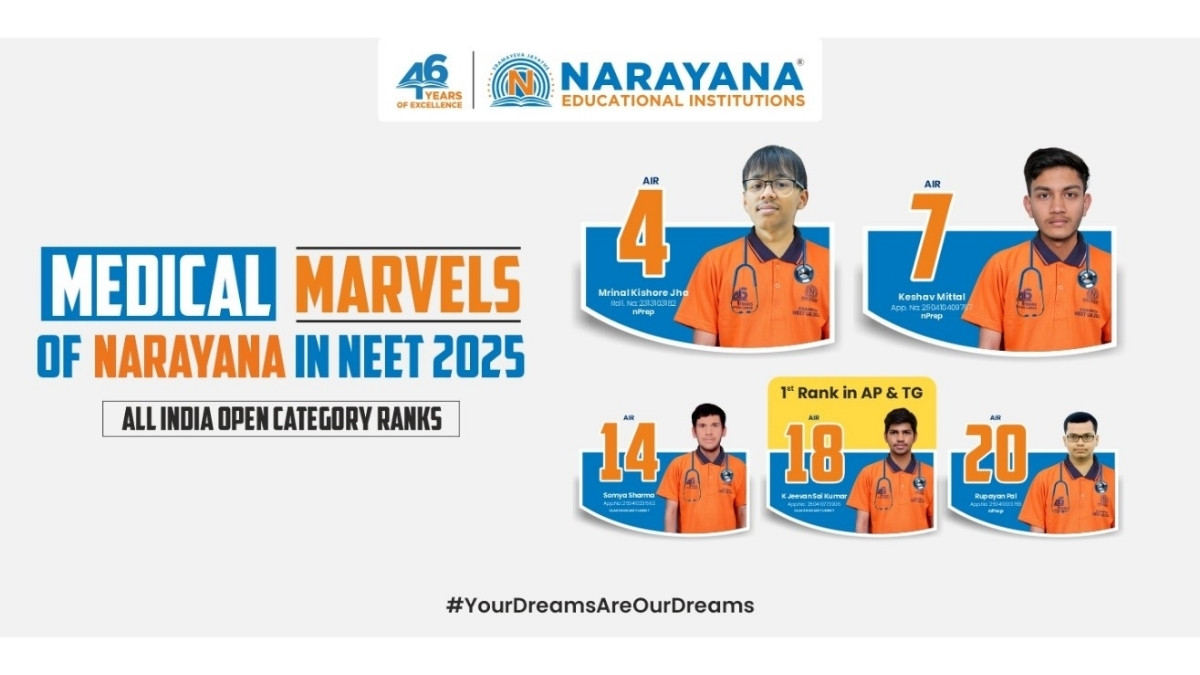Germany, Japan or Korea? Indian students look beyond Canada

Canada’s decision to cap the number of international students this year and introduce stricter work visa rules will force students from India to opt for other countries. Counselling centres said even a year ago, half of their customers wanted admissions and immigration to Canada, but are now asking for other countries.
“The latest announcement is definitely going to have an impact,” said Ajay Sharma, founder and president, Abhinav Immigration Services Pvt. Ltd. “There will be less demand for undergraduates, except those who want to pursue courses in STEM (science, technology, engineering and mathematics), healthcare and trade.”
His comments come on the back of Canada introducing a two-year cap of new international student permits to curtail a housing crisis and check the quality of institutes offering these courses.
A succession of diplomatic rows between Canada and India since last year—and tightened rules from the UK and Australia as well—has pushed the focus onto countries such as Ireland, Germany, Japan and South Korea.
“To maintain a sustainable level of temporary residence in Canada as well to ensure that there is no further growth in the number of international students in Canada for 2024, we are setting a national application intake cap for a period of two years for 2024,” immigration minister Marc Miller said last Monday. “The cap is expected to result in approximately 364,000 approved study permits, a decrease of 35% from 2023.”
The cap will not apply to students of post-graduate or doctoral courses.
Canada’s stance comes after two other popular destinations, Australia and the UK, cited a housing crisis and the rise of dubious colleges to restrict movement of students heading to their shores.
Last May onwards, Australian universities started closely monitoring the quality of students getting accepted for courses. In January, the UK, too, rolled out visa rules with stricter norms on bringing in dependents. According to reports, the UK will limit the chances of international students bringing in their dependent family members . The aim was to curtail back-door entry to work in the UK.
“Most students want a diploma programme since it costs about ₹8-11 lakh, whereas a master’s programme costs ₹15 lakh,” said Ankur Dhawan, the president of upGrad’s international arm, upGrad Abroad. “Canada has also upped the guaranteed investment certificate (GIC) from CAD $10,000 ( ₹6 lakh) to CAD $20,635 ( ₹12 lakh). Students will have to look at more options in Europe now.” A GIC acts as a proof that the student has the means to live and pay for expenses in Canada. One can get a GIC from Canadian financial institutions.
Those in the business of sending students abroad are sceptical of the latest changes in visa rules. “The limits suggested are misdirected and don’t solve the housing crisis or address the employment-matching problem,” said Akshay Chaturvedi, the founder and chief executive of Leverage Edu. The company ties up with banks and NBFCs to help students headed abroad with financing. “You still need immigrants, you still got open jobs, and nobody is stacking together the entire thing, which is a bit off. I see this [more] as a political decision than a structured for-economy one.”
Chaturvedi added that the post-study work visa is a big factor for Indian students choosing a country or college or program, and if that is taken out of the equation, drop-offs will increase, and the number of students going to these countries will fall further.
The strict norms will impact students from states like Punjab and Haryana who head for Australia, Europe and Canada in larger numbers than those from states such as Andhra Pradesh or Tamil Nadu, many of whom prefer to study in the US.
In fact, non-bank lenders, recruiters and consultants had told Mint last year that there was a five-fold jump in applications from Amritsar, Jalandhar, Patiala and Mohali, as well as smaller towns like Barnala, Khanna, Muktsar, Firozpur and Faridkot, for studying in Canada, Australia and European countries.
The number of Indian students heading abroad for higher education in 2022 was at a six-year high of 750,365, according to education ministry data.

Atul Tiwari is a seasoned journalist at Mumbai Times, specializing in city news, culture, and human-interest stories. With a knack for uncovering compelling narratives, Atul brings Mumbai’s vibrant spirit to life through his writing.





